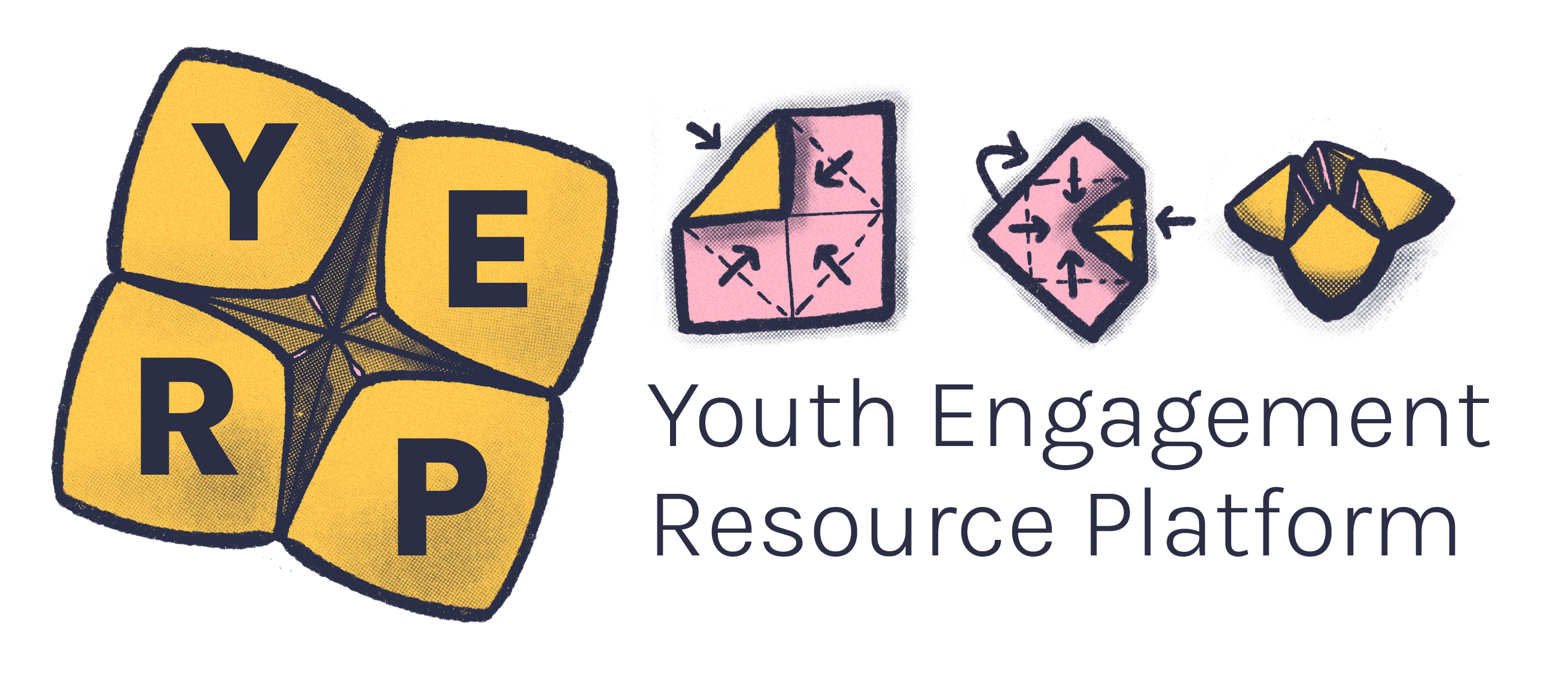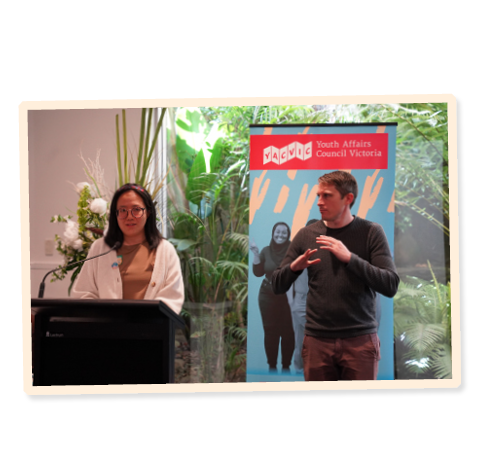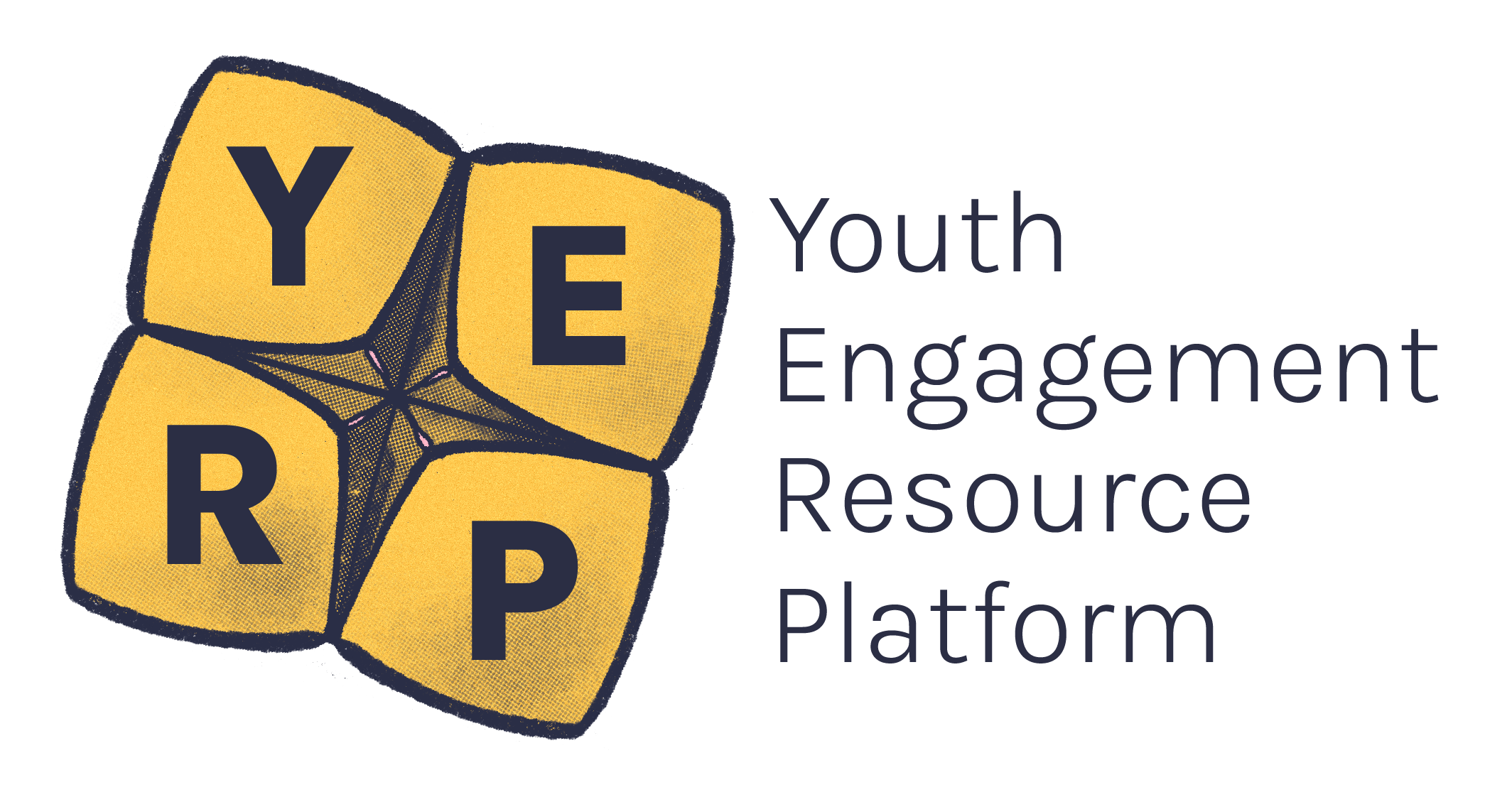Boards or committees – like Boards of Directors or Youth Action Committees – can be a great way for young people to share in decision-making and use their skills to benefit others.
A healthy society needs everyone to engage in the decision-making processes that affect their lives.
Involving young people in these processes through organisational boards and local committees also benefits everyone, especially through building social connections between young and older people.
Young people’s knowledge and fresh perspectives can make services, events or decisions more relevant, appropriate and effective.
By including young people on boards and committees, we:
-
Recognise the need to be accountable to young people, and the responsibility we have to provide space for young people’s input in decision-making.
-
Make better decisions by accessing the knowledge and skills that young people can offer.
-
Provide young people with an opportunity to learn more about the community or organisation
-
Develop young people’s skills through participation.1
There are many benefits to involving young people on boards and committees, but there also responsibilities.
If young people’s contributions aren’t respected, or a committee structure is not inclusive, participation can become a disempowering experience. Careful thought should be given to the reasons young people are being asked to take part, and how a board or committee can be inclusive, empowering and purposefully engaging for young people.
Remember that young people are active, engaged members of the community. They have an interest and stake in as broad a range of issues as other community members and can contribute value to more than just ‘youth issues’.
Suits any situation that young people have a stake in – which is pretty much any whole-of-community issue!
If young people will be a minority on the committee, involve at least two young people. One young person on their own might find the environment intimidating and unfamiliar, especially if they have limited or no experience on a committee.
They may feel an unethical burden to represent all young people. In this situation, it’s important to provide personal support such as mentoring and information.
If you’re thinking of adding young people to an already established adult board you could start with a pilot phase where 2-3 young people join as observers or non-voting members for a period of time. The young people could create a report/reflections on how youth-ready the board is and tips or actions on changes to make to establish a youth-friendly or inclusive board.
It’s important to clearly explain the legal responsibilities of a board position to any young people who are signing up to a role on a board. There may be risk, finance and child safe legal responsibilities they need to be aware of.
Usually used when young people have equal or most power in decisions about the delivery of a youth program or service. It can be a particularly useful way for young people to learn to interact with more experienced committee or board members.
Typically used when a project or organisation is youth-driven and young people have complete decision-making power. They may still receive the support of other community members.
Support levels can vary and depend on the role of young people. The support worker’s role can also vary such as working as a connection to resources or power, or as administrative support.
If the committee is attached to an organisation, it needs good communications channels, a clear purpose and resources to work within that structure.
There’s plenty of room for creative variations of the models above. Any committee needs to find a way of working that meets its own needs and purpose, and a committee model should reflect the unique identity of its members.
You could go a step further and make it a constitutional requirement of your board to have a minimum number of young people. This demonstrates a true commitment to having young people on your board.
Flexibility is good, and it may be that the committee changes the way it operates over time. You may start with a formal structure and break that down into a more casual way of operating, or the other way around.
Involving young people in determining how the committee will operate will mean it’s more likely to suit their needs, reflect the type of structure they would like to be involved in, and give them some actual ownership over what happens.
- Give young people real, valued roles so their participation influences outcomes.
- Create a vision or mission statement negotiated by the committee. Share decision-making among younger and older members.
- Negotiate common processes, don’t just expect young people to fit into ‘adult’ structures or expectations.
- Empower younger members by providing resources and support for their personal and professional development.
- Ensure young people receive support they need to get involved and stay engaged in a board or committee which will make it inclusive, empowering and purposefully engaging.
- Foster effective collaboration where board members can contribute their strengths (for young people this could be in social media, communication, design)
- Be open-minded. Young people will be keen to learn from others on a board and so might older people. Challenge traditional ways of structuring a board, and don’t dismiss any board member’s ideas based on their age.
- Be patient and flexible. Different generations may have different communication styles and approaches to problem-solving, so be adaptable in your efforts to collaborate with young people.1
Young and older members of the YACVic Board in a function space. They are smiling at each other. One of the young Board members is shaking the hands of an older Board member.
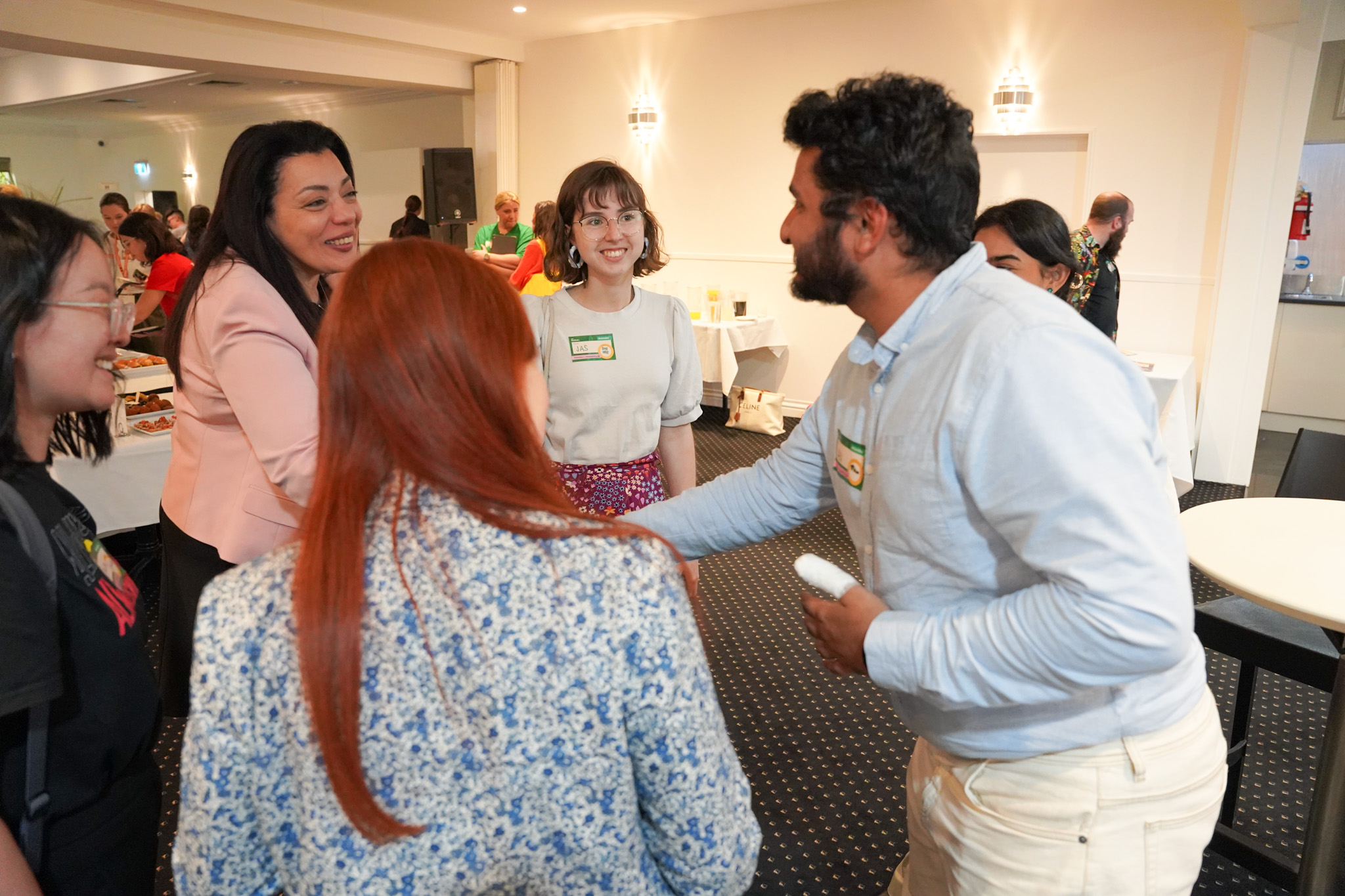
A mentor can be a useful anchor and reference point for young people, particularly if they’re not familiar with this type of committee.
A support worker can provide admin support to all the young people involved, for example arranging subsequent meetings, completing action tasks.
It should be clearly communicated who the support worker is or the executive assistant to the Board so members can direct any administrative questions they have to the right person.1
Members of the YACVic Board in a function space. Two are young members, and one is an older member. They are standing in a circle smiling and talking. Behind them is a background of lush plants.
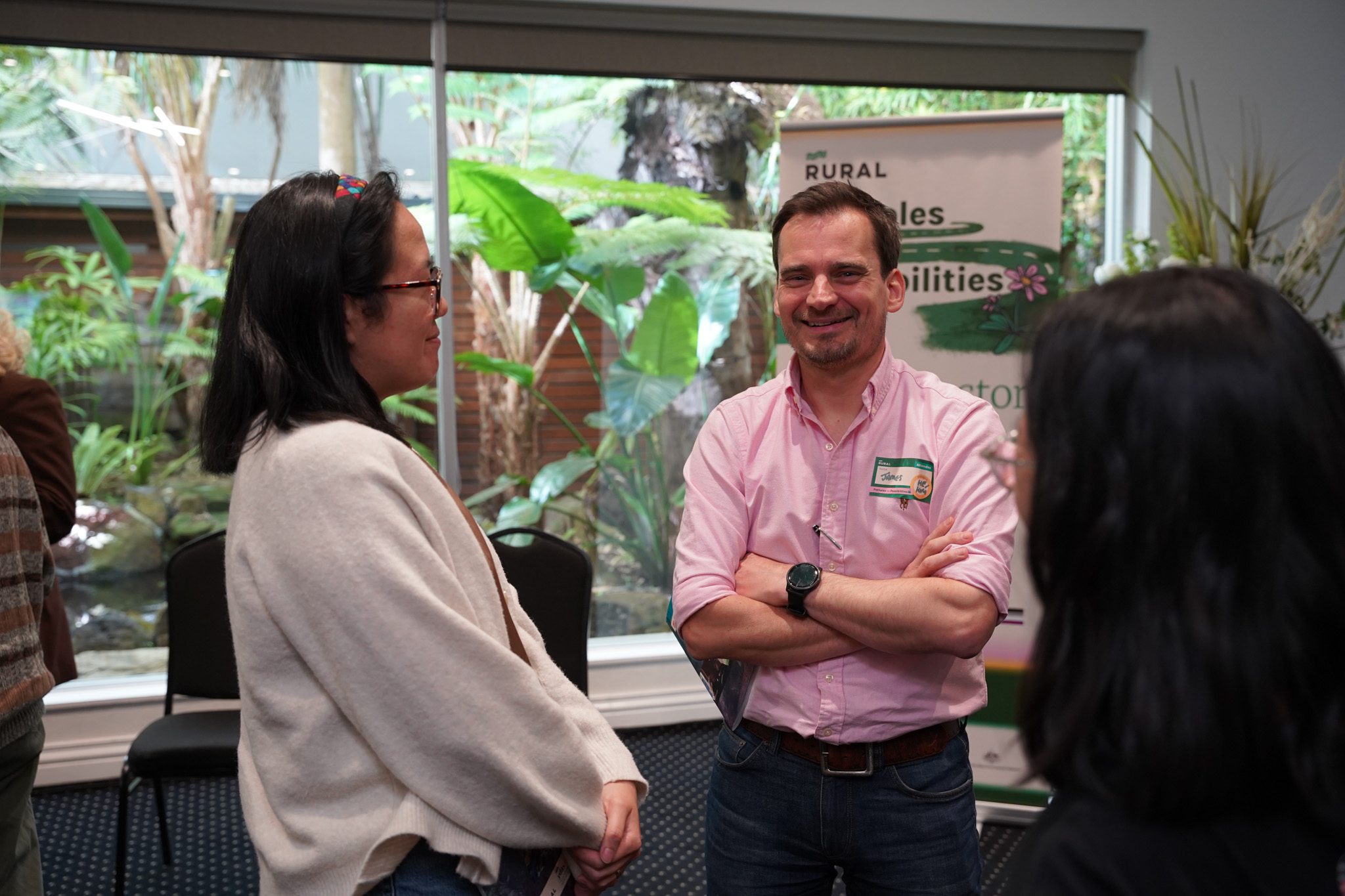
Being involved on a board or committee is a great way for young people to learn new things and develop new skills. To support this, consider arranging some structured skill development sessions or workshops outside of meetings.1
Some training you could organise includes:
-
Crisis management
-
Financial training
-
Governance and understanding constitutions
-
Access and inclusion
-
Youth participation
Check out Institute of Community Directors for more.
Being acknowledged confirms the value of young people’s contributions.
It’s important to:
-
Take time to acknowledge individual contributions.
-
Publicly recognise board members or committees of young people for the work they’ve done, or the information they’ve provided.
-
Help young people see the outcomes they’ve affected – it’s a great motivator to their continued involvement.1
Young people can be involved at various levels of decision-making, and many will jump at the chance to participate in formal ways. If they aren’t interested in attending board or committee meetings, think of other ways can you offer them input like perhaps including them on interview panels.
Justice Connect has great advice and guidance for those working in the NFP sector, including Responsibilities of the board and committee members
The Victorian Government website has guidance on public sector boards, including An overview of board governance.2
- Youth Affairs Council Victoria. (2004). Young People on Boards and Committees. https://www.yacvic.org.au/assets/Documents/2.-Young-People-on-Boards-and-Committees.pdf
- Victorian Government. (9 November 2023). An overview of board governance. https://www.boards.vic.gov.au/governance-your-board
